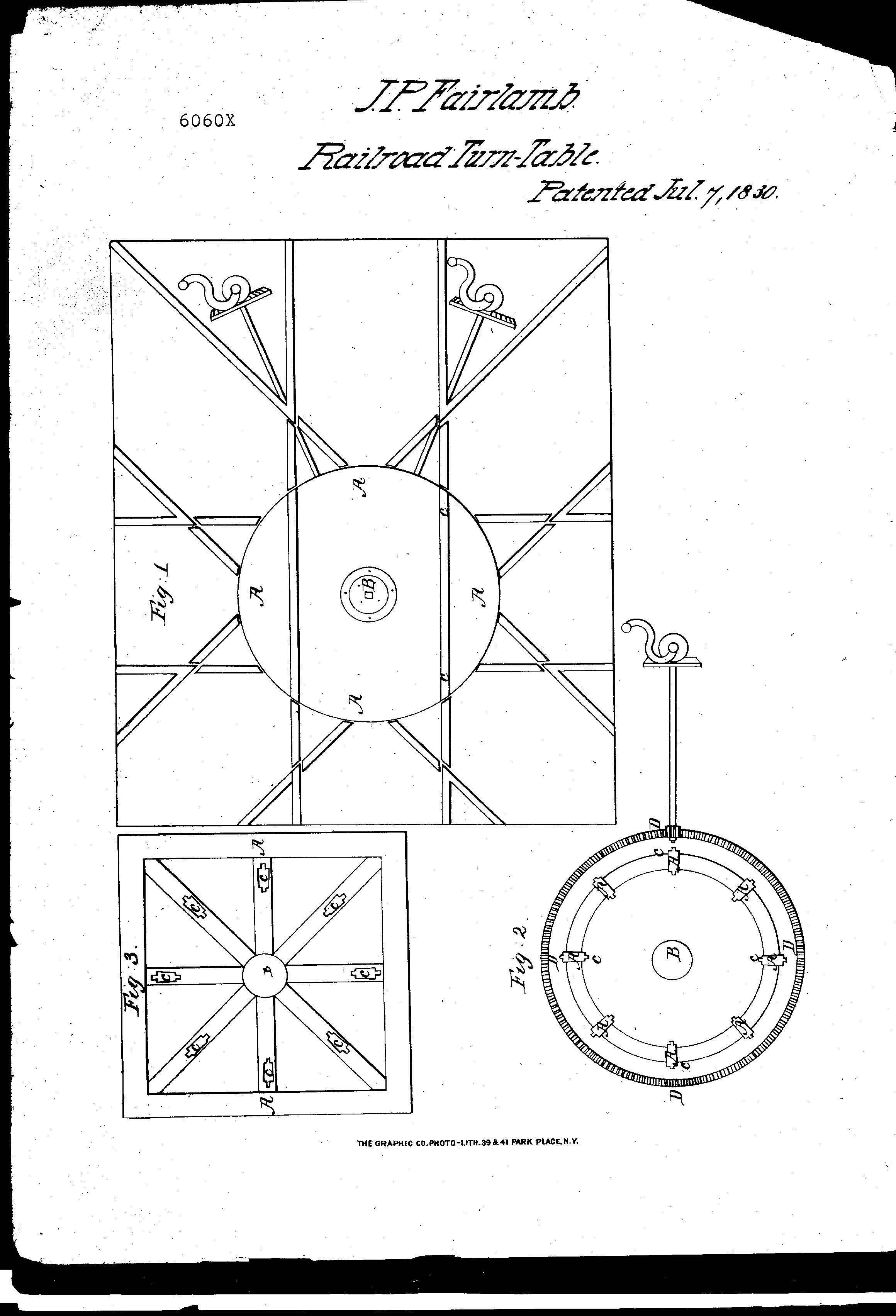

The year is 1830. You and Gertrude are having a picnic on the hillside overlooking the rail yard. You are marveling at the miles and miles of silver glinting track needed to move just five train engines. It is at this moment that you are struck with an idea so weird yet so basic that it is impossible that it has ever been thought of before. What if you could pick up trains using a crane, rotate it, than replace it on the track? Wouldn’t that be marvelous! Or better yet… what if you were able to rotate the earth that the train sits on?
If this was you, then your name was likely
“Patents are not forever, but inventions are”
Kalyan C. Kankanala
Our subject today was a wacky member of the patent peddlers, the docu-dreamers, and the bureaucratic builders – an inventor. Jonas Fairlamb, was wacky for two reasons.
Only one of his patents is truly notable, and we’ll touch on it in a second. Jonas first invention was recorded in 1823 when he patented a new type of canal lock. Later in his career, he would also invent a new method of cutting crackers (1831) and a machine that splits an entire hide for leather (1847). However, these are not the patents that Mr. Fairlamb is known for. His most prized patent is also one of his simplest – a turntable.
 The drawing is not much; just a series of lines and circles. But how did something so elementary become more than just a drawing? Why did railroads buy it?
The drawing is not much; just a series of lines and circles. But how did something so elementary become more than just a drawing? Why did railroads buy it?
“Well, well well. How the turntables have turned.”
Michael Scott, during an episode of The Office
In 1830, trains and trollies had a big problem. In order to reverse a railed vehicle’s direction, a conductor required a quarter-mile loop of track – something that was quite expensive from a real estate perspective. In fact, railroad switches weren’t even patented until 1832. Most inventors were looking for a way to increase the selection of tracks a train procession could access, but Jonas saw a different problem – space. Many of the trains needed to be covered during bad weather and maintenance, and the overlapping track designs required to get engines into buildings were expansive and complex. Jonas’ first invention, a canal lock, had prepared him to think outside the box regarding transport mediums (e.g. water, land, air).
If you really want to dive other innovations of the time, you can scrounge through these 1830s patents like I did. After having read many of Mr. Fairlamb’s patents, I would say that he was not an expert in engineering. Every person has unique experiences (sometimes seemingly unrelated) that shape the way they solve problems. So don’t be afraid to share your simpler ideas. Sometimes, that’s exactly what’s missing.